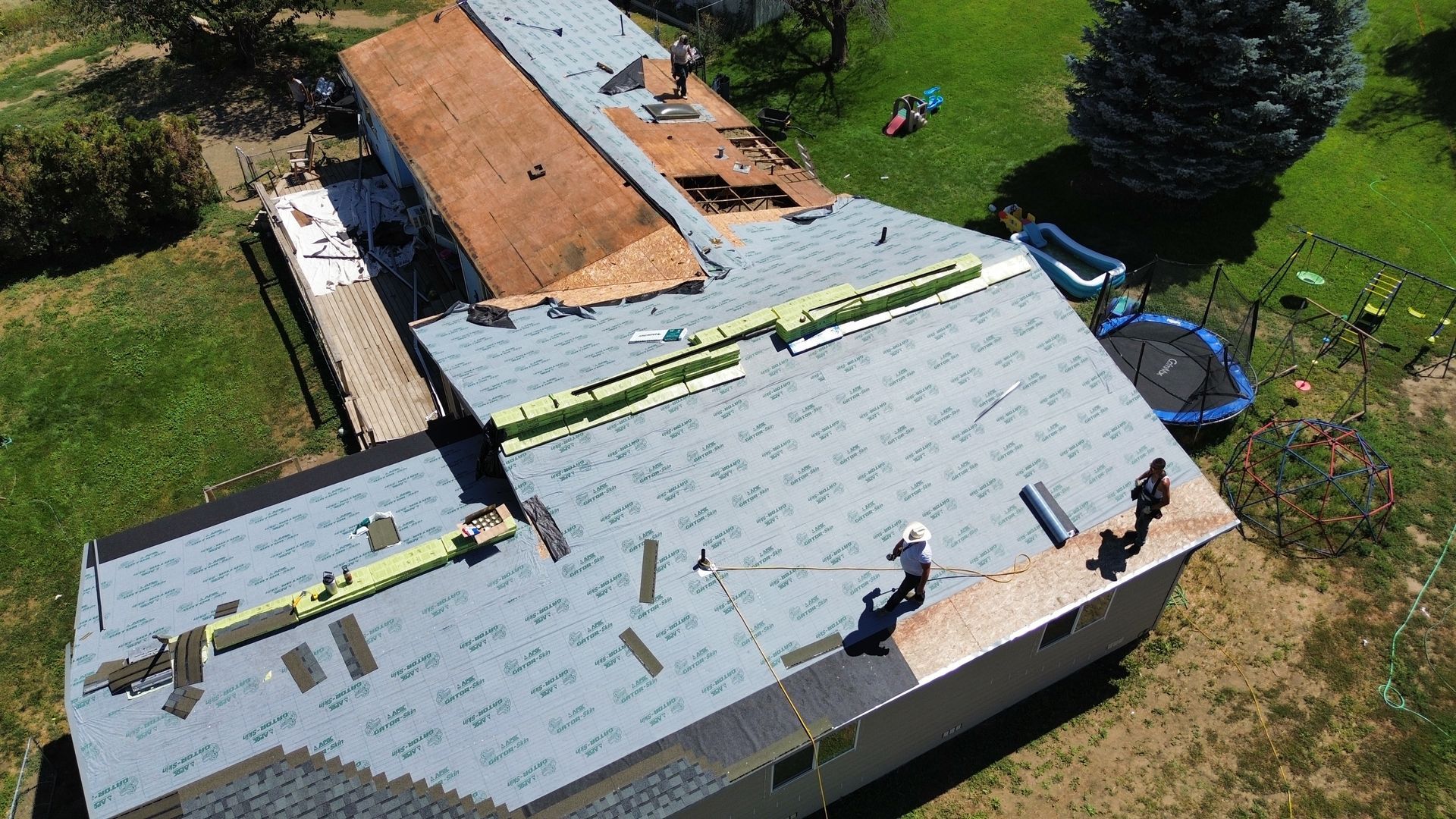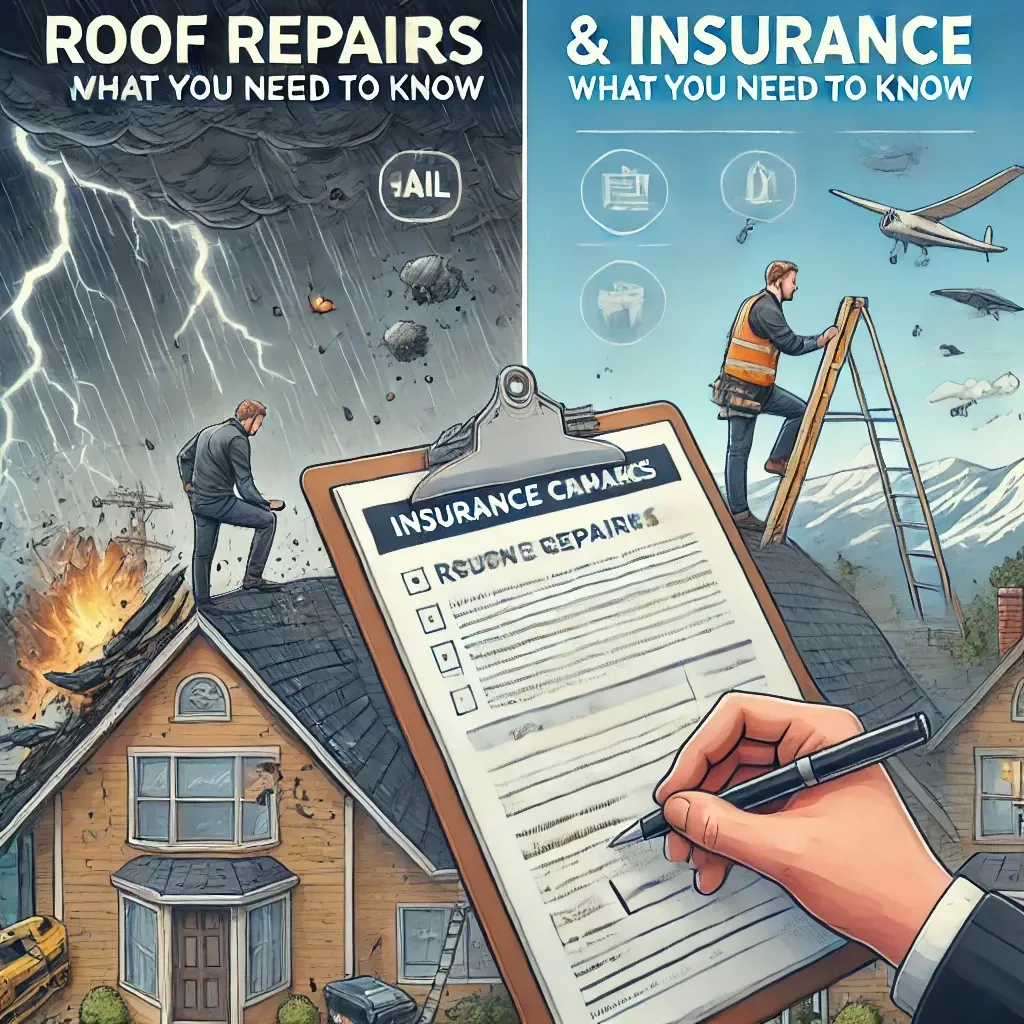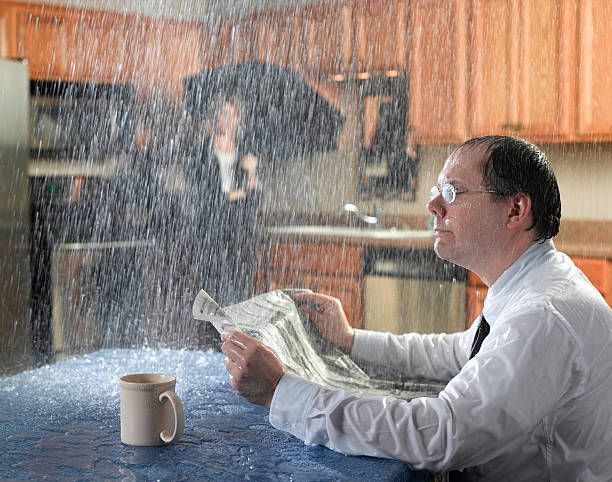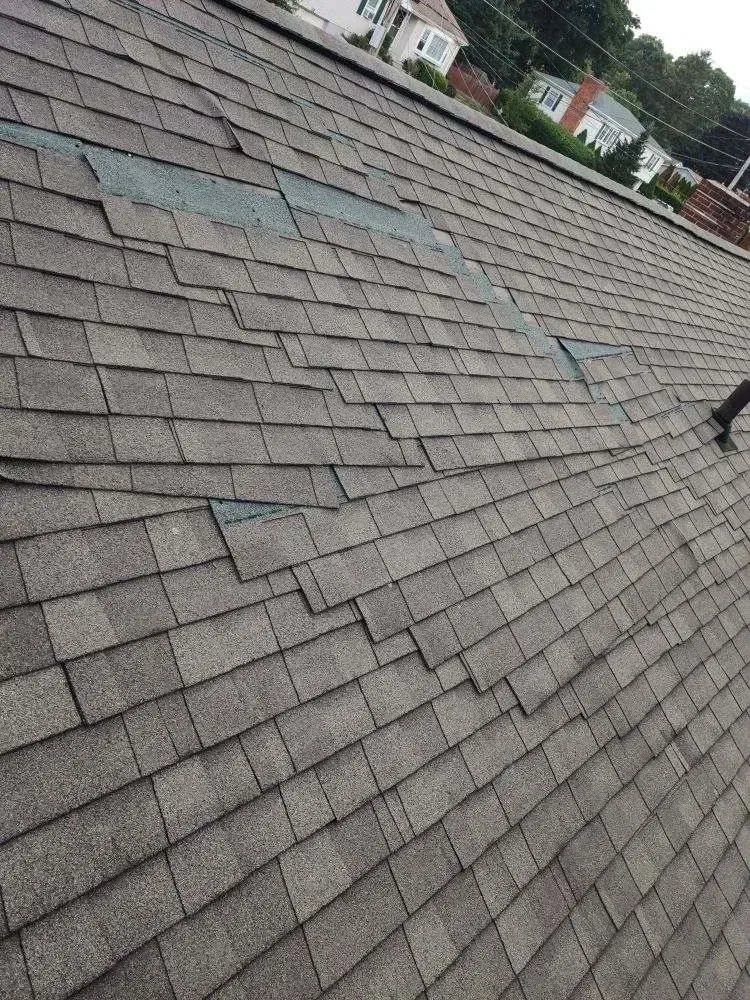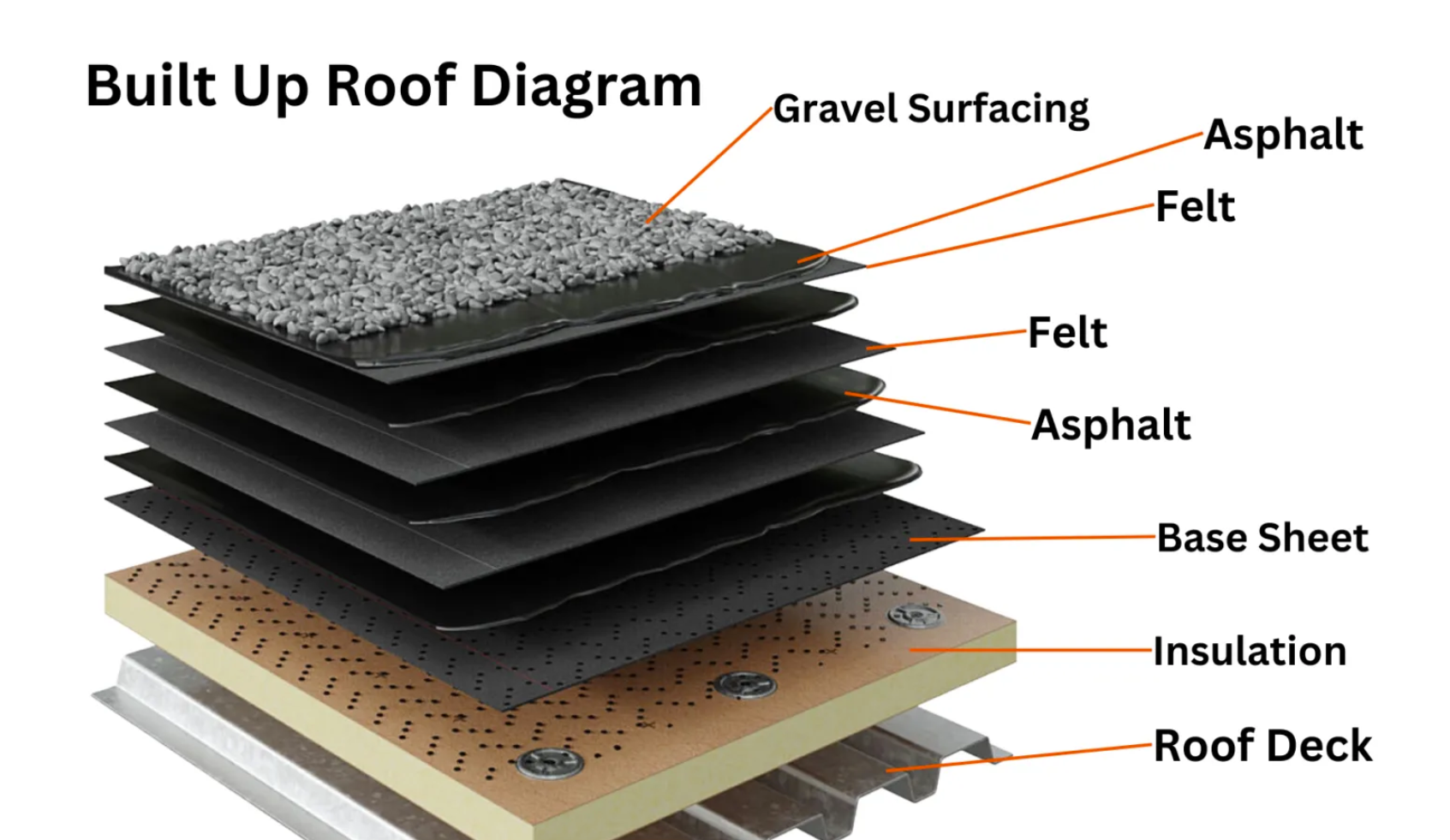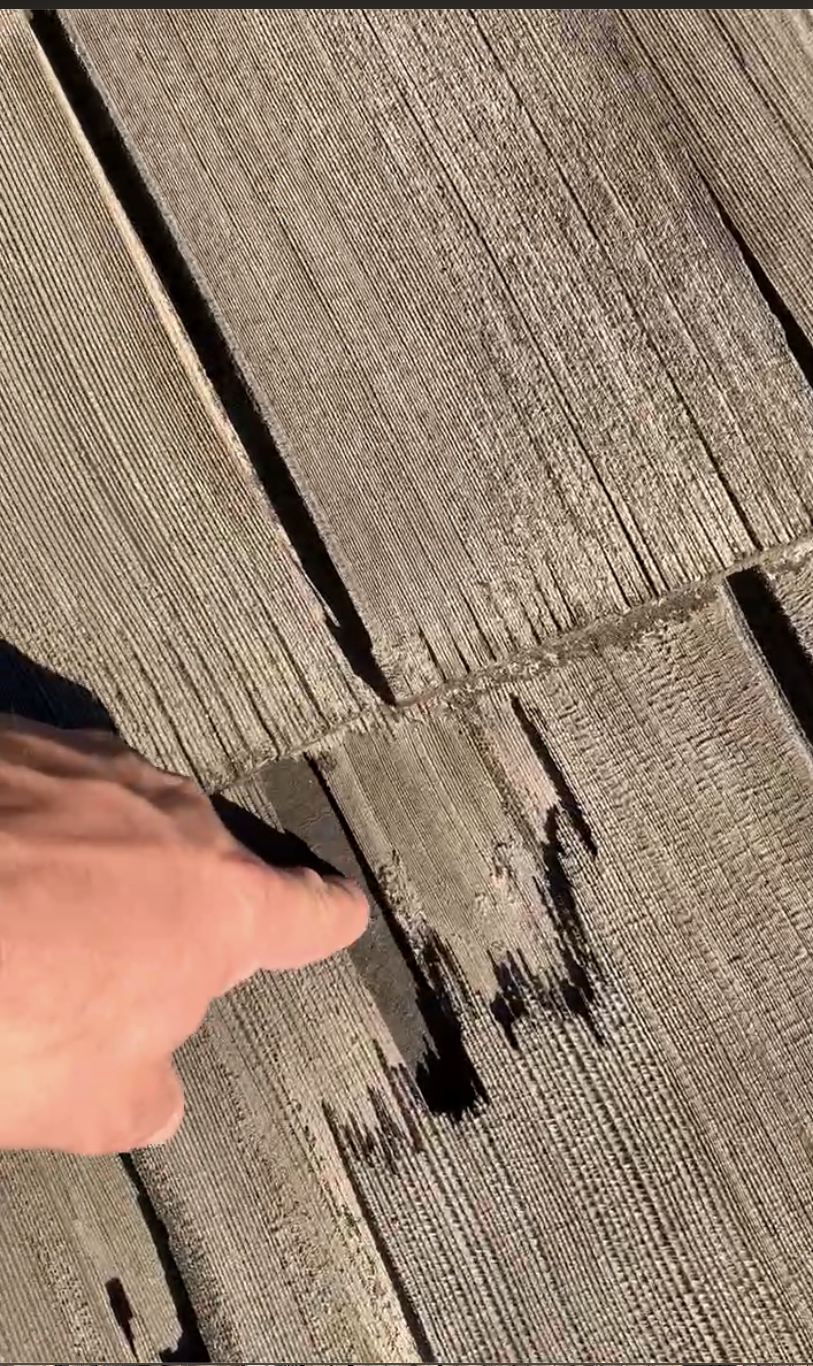Low Ball Tactics
Here comes the Windup, he throws, he strikes out the hitter!

What is the low ball tactic?
A low ball tactic is used to reduce the cost of a bid to beat all of the competitors. Sounds good, how could it be bad? Doesn't this show that they care more about the customer than lining their pockets with money? The answer is, no!
How can it cost more when it's so cheap?
The low ball estimate is the great price today, the worse price tomorrow sort of thing. The low ball contract is not about quality products and the cheapest products are estimated or even old products that are still good now but won't be in a year or two are re-used. Take pipe penetrations on a re-roof for example. The rubber typically lasts around 30-50 years but after that the rubber will begin to break down. If you're getting a new roof installed that old pipe flashing isn't going to go another round, they're cheap get a new one and save your self the headaches from leaks later.
Material is one area where a contractor can really cut prices by re-using old products while the competitors are bidding in new. Those who don't understand what they are doing will be fooled into believing that the low ball contractor is giving them a wonderful price out of the goodness of their hearts.
Not all contractors are the same, despite the fact they are all being hired to do the same job. Let's look at an asphalt contractor who wasn't called and rings your door bell.
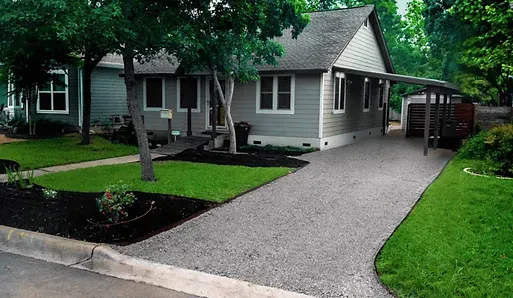
Asphalt Contractor "Hello, I noticed you have a gravel driveway and thought I'd come talk to you. You see, we just did a job in the area and we are all finished up, but we have some asphalt still left over."
You: "Oh?"
Asphalt Contractor: Yes Sir, and it appears to be just enough to do your driveway.
You: "OH?"
Asphalt Contractor: "If you're interested we could be here in 20 minutes, you see the crew is already mobilized and in the area, that's a big cost savings in itself that you wouldn't have to pay."
You: "OH?"
Asphalt Contractor: "Yes Sir, and we could do this entire drive way for you for $5000, but I need to know now because the asphalt's cooling fast. Otherwise I'll ask this fellow over here and he might get this wonderful deal."
You: "Well sure I guess, go for it."
The asphalt contractor then calls his guy who's sitting at the asphalt plant, get a load and bring it to 123 sucker lane, we hooked a big one! What typically happens is they will pour your driveway with a crown in it, the edges will be super thick but the middle will be thin. The edges look good and thick so you assume the rest of it's just as thick, but 6 month's down the road when winter hits, your new driveway begins to crack and crumble. Here is a link below and no I wasn't a victim, I did my research before hiring!
Every industry has it's low ball tactic wizards. Let me list out a few ways Roofing contractors can low ball you.
- Poor scope of work and material descriptions of what will be used or work to be done.
- Plan to stretch materials and not order the amount needed.
- Reusing old products already installed.
- Using the cheapest material possible.
- Not including sales tax or permits and then charging them to you on the final bill.
- Not paying workers comp and sales tax at all.
- Paying employee's under the table so they can pay the employee hire wages without higher taxes.
- Substrate charges that appear low but are twice as high.
These are just to name a few that I have seen or discovered over the years. Sometimes a low ball bid is actually the same as a fair market priced bid but withholding sales tax and permits is enough to make the customer believe they are getting a better price, only to be hit with sales tax and permit costs when the bill comes due. The customer may have liked contractor A better, but Contractor B's price was that much sweeter and as I've heard it said before, " I just can't leave money on the table." So the job is awarded to Contractor B. The customer learns their instincts about Customer A was right, they would have been the more professional choice, Contractor B has a list of issues and come to find out when the bill come due his price is now what Customer A's upfront cost was!
What about the little details that most would miss? Contractor A lists substrate repairs as $2.00 per square foot but Contractor B lists substrate repairs as $1.50 per liner foot. Clearly Contract B's overall price is better and they will fix any substrate issues for a better cost as well! The fact is Liner feet must be converted to Square foot.
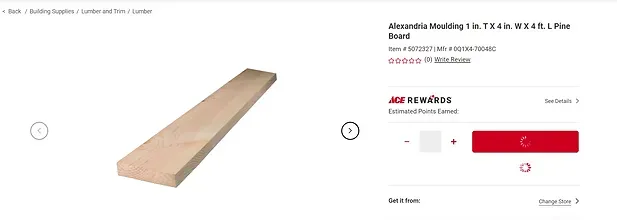
We have an area of 2' by 1' of area that needs to be replaced. From truss to truss is 2' so we must span this distance. Lets figure out how many square feet this is.
2'x1'= 2 Square feet. So Contractor A would charge $4.00 to remove old substrate and replace with new. Now let's look at Contractor B.
Contractor B must convert his liner price into Square foot area. His boards are 4" wide and we must fill in length of 12" so it will take 3 boards to fill in the area each need to be 2' long.
Board 1 costs 1.50$ per foot and we need two foot so this will cost $3.00
Board 2 will also cost $3.00 so now we are at $6.00.
Board 3 will cost us another $3.00 so to fill in the same area it will cost $9.00.
This means it will cost you $9.00 per square foot of substrate repairs. Now this is an example and the price would depend on the width of the board they use. If the board is anything less than 12" wide you will pay more. If it's 6" wide you would need two boards, and the price would be dictated by the situation they run into. For example if the contractor is replacing a 3" board by 2' length their price would be $3 but Contractor A would be charging for $1 because he charges by the square foot and the total area would less than 1 square foot.
Lets say that Contractor B says our figures are based on the board being 12" wide so if we need a board 24" long we would only be charging for 2 Liner foot. You would probably wonder why they are charging you by the liner foot when their figures are already based on per square foot area. I would ask what if the area needing repair is 6" wide by 2' in length would I be charged half for that?
Now when it comes down to substrate repairs, no contractor can see through the roofing system to determine the extent of substrate damages if any. This is why we all should include a price for repairs if we come across damages. So having a surprise repair bill for substrate damage isn't something that anyone is being dishonest about but the good contractor will inform the customer about what this price is and why it's important. We cannot speculate the cost of damages and if we did so everyone prices would be bloated. The reason why is every contractor would want to be covered 100% . What if 100% of the roof substrate needed to be fixed but we can't see that through the old roof system? This is unlikely but the risk is real. If a contractor estimates 10% of the area needs to be fixed and is wrong by 10% he would have to cover the extra? Why should he have to fix something for a customer for free? We run into too many what ifs and too much speculation, this is why it's standard for contractors to say if we find and fix this is the agreed price up front.
Estimation Error: The contractor who doesn't bid in the correct amount of material to keep his price low has a special scheme in the works. After this contractor is awarded the project they begin work and get rooted by tearing off portions of the roof, maybe install material for a few days and towards the end of the project they return and hit you with the problem. "We need more material." What do you do in that moment?
I know good contractors who will cover the mistake and not even bother the customer, they will just take the loss and the customer will never know of the issue. When the bill comes due, they pay the expected amount. But for the low ball contractor, its time to finish the bid and now their price will more closely reflect the price of the honest up front contractors who didn't get the job because of their good natured standards.
Our mission with these blogs is to expose these tactics. The result should hopefully be that they are no longer used and everyone has to submit an honest bid and do honest work.
